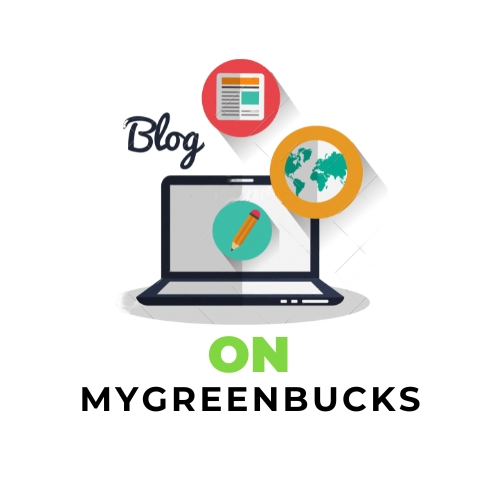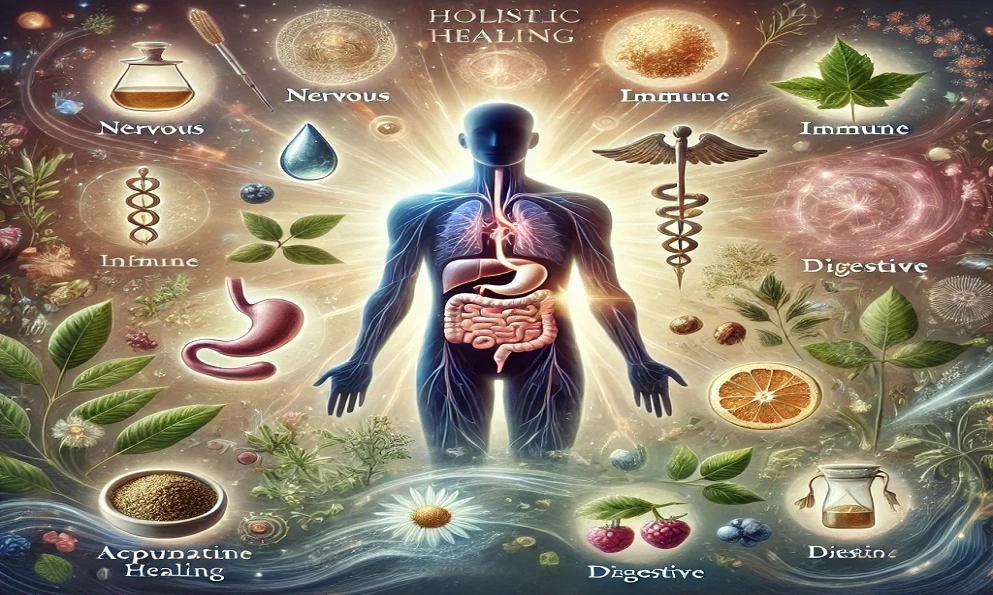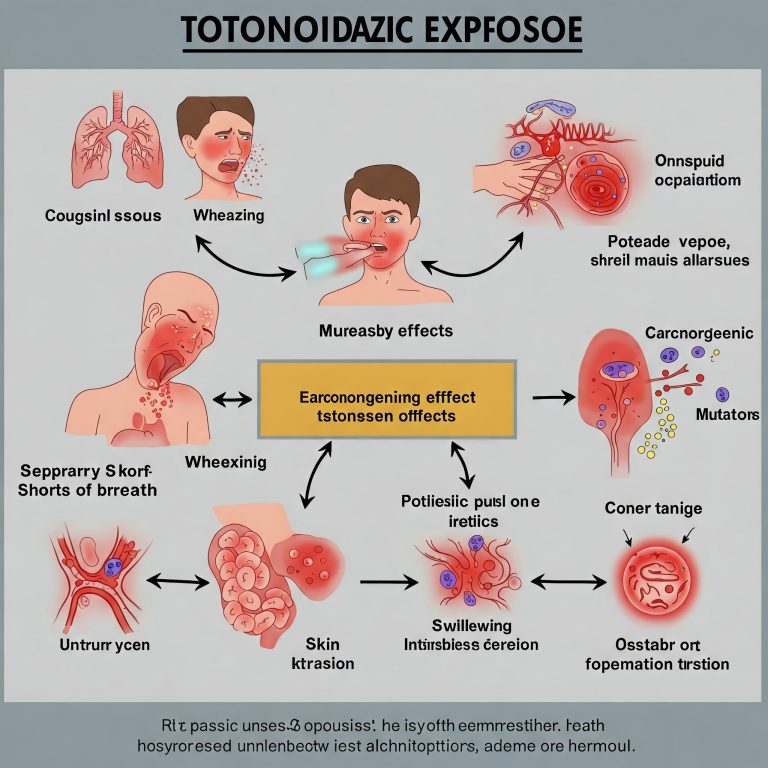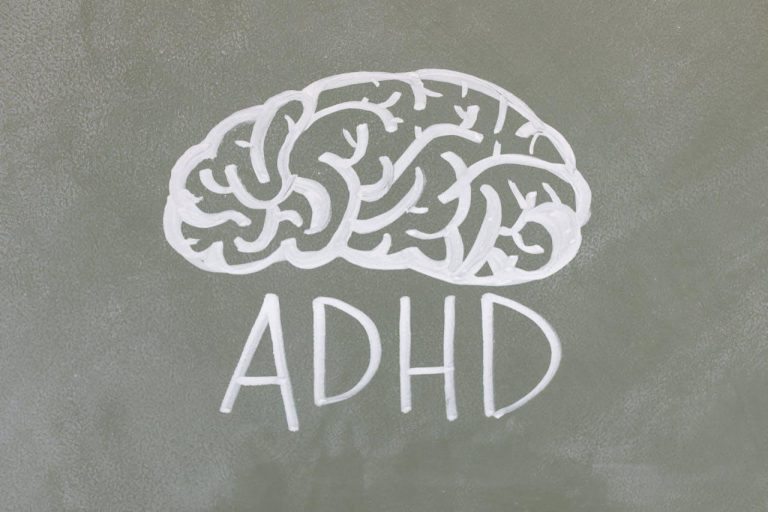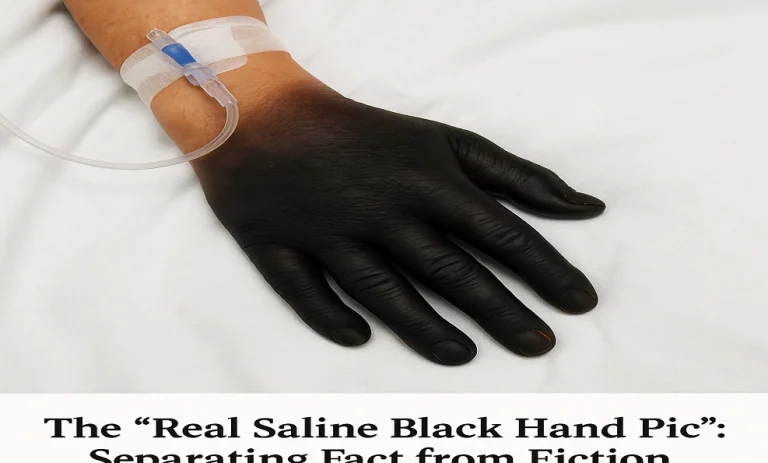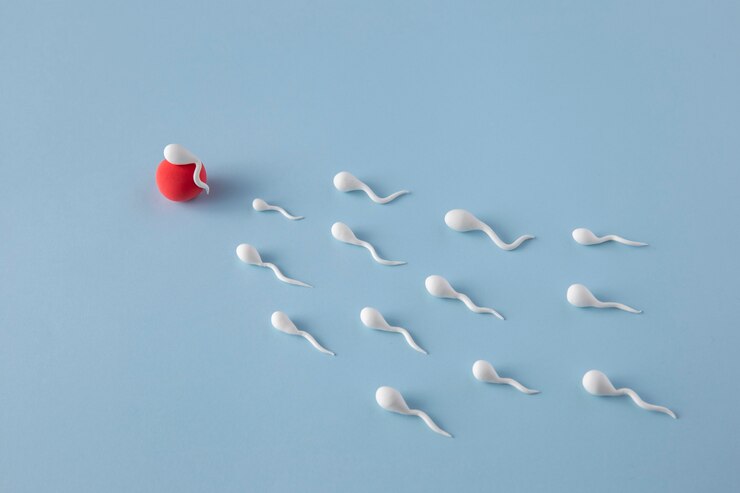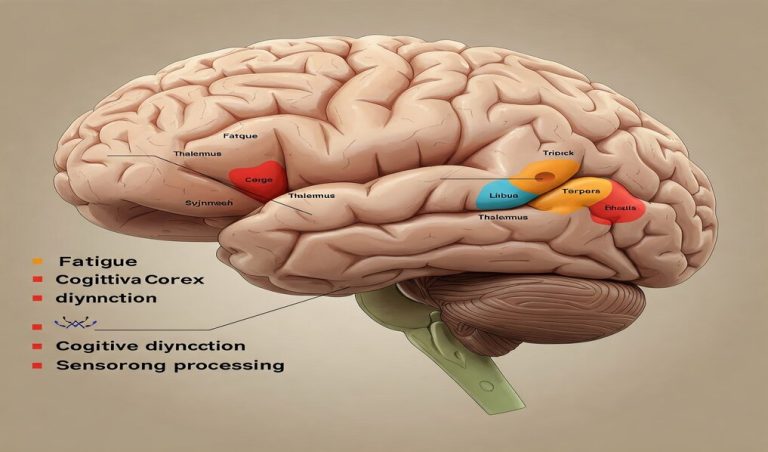Understanding and Managing Kialodenzydaisis Healing
In today’s world of complex medical conditions, one lesser-known but increasingly discussed issue is kialodenzydaisis. While the term might sound unfamiliar, it’s gaining attention for the impact it has on various systems of the body and how alternative and traditional healing approaches are offering relief to those affected.
This comprehensive article will guide you through everything you need to know about kialodenzydaisis healing, including symptoms, causes, treatment methods, lifestyle support, and available medicines. Whether you’re newly diagnosed, suspect you might be suffering from this condition, or simply want to explore more about it, you’ll find valuable information here written in simple, reader-friendly language.
What Is Kialodenzydaisis?
Kialodenzydaisis is a rare, multi-system disorder characterized by chronic inflammation, cellular dysfunction, and metabolic imbalance. Though it’s still under research, many holistic practitioners believe it affects the immune system, nervous system, and digestive tract simultaneously, leading to a wide variety of symptoms that can often be mistaken for other illnesses.
Key characteristics of kialodenzydaisis may include:
-
Persistent fatigue and low energy
-
Brain fog or memory loss
-
Unexplained digestive issues
-
Joint or muscle pain
-
Skin rashes or hypersensitivity
-
Anxiety, mood swings, or depression
-
Hormonal imbalances
Because it mimics symptoms of conditions like chronic fatigue syndrome, fibromyalgia, or autoimmune disorders, kialodenzydaisis is often misdiagnosed or overlooked in conventional healthcare settings.
Read More : can i get qugafaikle5.7.2
What Causes Kialodenzydaisis?
The exact cause of kialodenzydaisis remains unknown, but experts believe it may result from a combination of genetic predisposition and environmental factors.
Potential Triggers Include:
-
Chronic stress or trauma: Long-term emotional or psychological stress can contribute to cellular inflammation.
-
Toxin buildup: Exposure to environmental toxins, heavy metals, or mold may disrupt the body’s natural detoxification processes.
-
Dietary deficiencies: Lack of vital nutrients like magnesium, zinc, and B-complex vitamins can lead to poor cellular function.
-
Gut microbiome imbalance: A disrupted gut microbiome can cause systemic inflammation and poor immune response.
-
Viral or bacterial infections: Some researchers link kialodenzydaisis to underlying infections such as Epstein-Barr virus or Lyme disease.
Understanding your personal triggers is an essential first step toward effective kialodenzydaisis healing.
Symptoms of Kialodenzydaisis
Symptoms can vary widely from person to person, making it a complex condition to identify. The most common symptoms include:
-
Chronic fatigue
-
Mental fog or difficulty concentrating
-
Digestive discomfort (bloating, gas, IBS-like symptoms)
-
Muscle or joint stiffness
-
Skin conditions like eczema or rashes
-
Low-grade fever or flu-like feelings
-
Mood disturbances
If you’ve experienced several of these symptoms without a clear medical diagnosis, it may be worth exploring the possibility of kialodenzydaisis with a holistic practitioner.
The Approach to Kialodenzydaisis Healing
Healing from kialodenzydaisis requires a multi-dimensional approach. Because it impacts multiple systems of the body, a combination of diet, detoxification, supplements, medication, and lifestyle shifts is often necessary.
1. Anti-Inflammatory Diet
One of the foundational pillars of kialodenzydaisis healing is switching to an anti-inflammatory diet. This helps reduce stress on the immune system and restore cellular function.
Foods to include:
-
Leafy greens (spinach, kale, arugula)
-
Berries (blueberries, raspberries)
-
Omega-3 rich foods (salmon, flax seeds)
-
Herbal teas (ginger, turmeric, chamomile)
-
Whole grains and legumes
Foods to avoid:
-
Refined sugar and processed foods
-
Gluten and dairy (in sensitive individuals)
-
Caffeine and alcohol
-
Artificial additives and preservatives
2. Detoxification
Since toxin buildup may play a role in kialodenzydaisis, detoxification practices are often recommended.
Common detox methods include:
-
Daily hydration with clean water and lemon
-
Herbal supplements for liver support (milk thistle, dandelion root)
-
Sauna therapy or infrared treatments
-
Gentle exercise and dry brushing for lymphatic drainage
3. Mind-Body Connection
Emotional healing is just as important as physical healing in kialodenzydaisis. Practices like meditation, mindfulness, and yoga are powerful tools to reduce stress hormones and encourage cellular regeneration.
Read More : download bobfusdie7.9
Medicine for Kialodenzydaisis Healing
While there is no FDA-approved medicine specifically for kialodenzydaisis due to its relatively unknown status in conventional medicine, several therapeutic approaches are used to manage and support healing.
Common Medical and Natural Options:
-
Adaptogens and Immune Modulators
-
Ashwagandha, reishi mushroom, and astragalus can help regulate immune responses and reduce stress.
-
-
Mitochondrial Support Supplements
-
Coenzyme Q10 (CoQ10), alpha-lipoic acid, and magnesium are often used to improve energy production at the cellular level.
-
-
Antioxidants
-
Vitamin C, E, and selenium combat oxidative stress which is commonly seen in kialodenzydaisis.
-
-
Prescription Medications (symptom-based)
-
Doctors may prescribe antidepressants, anti-anxiety medications, or muscle relaxants for managing specific symptoms.
-
-
Herbal Formulations
-
Customized herbal blends from naturopaths or Ayurvedic practitioners are often effective in managing inflammation and balancing the body.
-
-
Homeopathy and Energy Medicine
-
Some patients have reported benefits from homeopathic remedies and energy healing techniques such as Reiki.
-
It’s crucial to consult with a healthcare provider who is experienced in treating complex chronic conditions before starting any new treatment plan.
Lifestyle Tips for Kialodenzydaisis Recovery
In addition to diet and medicine, lifestyle changes play a major role in kialodenzydaisis healing.
Key Recommendations:
-
Sleep hygiene: Aim for 7–9 hours of uninterrupted sleep. Try using a sleep schedule, blackout curtains, and magnesium supplementation if needed.
-
Movement: Gentle exercises like walking, stretching, or restorative yoga can help prevent stiffness without exhausting the body.
-
Digital detox: Reduce screen time, especially before bed, to prevent mental overstimulation.
-
Emotional release: Journaling, therapy, or creative outlets can help process any underlying trauma.
-
Community support: Connecting with others going through similar challenges can provide emotional strength and valuable advice.
Diagnosis and Testing
Because kialodenzydaisis is not a formally recognized condition in many medical texts, diagnosis is often made based on symptoms and exclusion of other illnesses. Functional medicine practitioners may use advanced testing such as:
-
Inflammation markers (CRP, cytokines)
-
Gut microbiome analysis
-
Heavy metal tests
-
Nutritional deficiency panels
-
Hormone and adrenal function testing
Getting a comprehensive view of your health helps create a targeted healing protocol for kialodenzydaisis.
Alternative Therapies Showing Promise
Holistic and alternative therapies are showing increasing promise in helping those with kialodenzydaisis manage their symptoms effectively.
-
Acupuncture: Helps rebalance energy pathways and improve blood flow.
-
Biofeedback: Aids in teaching the body how to manage pain or emotional triggers.
-
Chiropractic care: Supports musculoskeletal alignment and nervous system regulation.
-
Sound healing and aromatherapy: Enhance relaxation and mood regulation.
These therapies are best used as complementary tools along with diet and medicine.
Long-Term Outlook for Kialodenzydaisis Healing
While healing from kialodenzydaisis can be a gradual process, many people have found substantial relief and even complete recovery by adopting a consistent, integrative approach. Patience, self-awareness, and support are key to long-term wellness.
Keep in mind that healing is not always linear. Flare-ups may happen, but they often decrease in intensity and frequency as your system rebalances.
Conclusion
Kialodenzydaisis healing requires a well-rounded, patient-centered approach that combines nutrition, natural medicine, emotional health, and physical care. Though mainstream medicine is still catching up, many integrative and functional practitioners are offering new hope to those affected by this mysterious condition.
If you or someone you know is dealing with unexplained fatigue, inflammation, and systemic discomfort, kialodenzydaisis could be the missing link. With the right knowledge and healing strategy, full recovery is absolutely possible.
Read More : greblovz2004 gaming apk
FAQs about Kialodenzydaisis Healing
1. Can kialodenzydaisis be completely cured?
While some people report full recovery, others manage it long-term with lifestyle changes, diet, and supplementation. Early intervention and a personalized healing plan improve the chances of reversal.
2. Is kialodenzydaisis the same as an autoimmune disease?
Not exactly. While it shares similar symptoms with autoimmune conditions, kialodenzydaisis often involves broader systemic dysfunction, including cellular energy and detox pathways.
3. What is the best medicine for kialodenzydaisis healing?
There’s no single “best” medicine, but a combination of mitochondrial support, anti-inflammatories, adaptogens, and symptom-targeted therapies often works best when guided by a healthcare professional.
Read Also –
